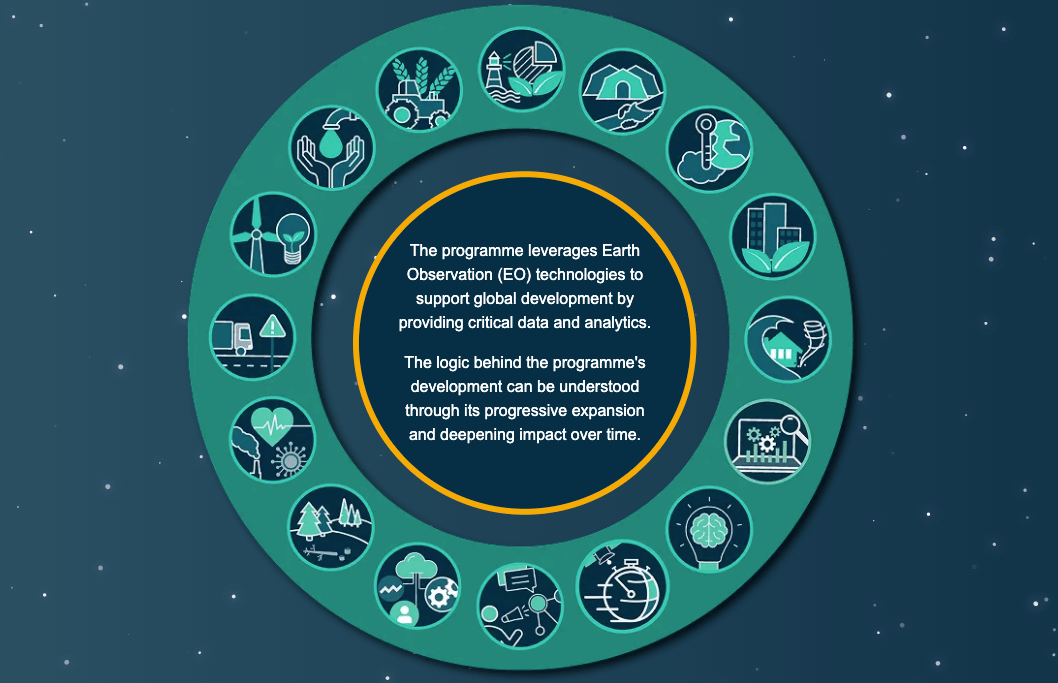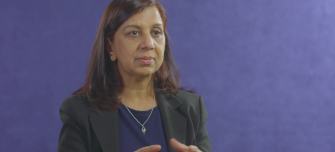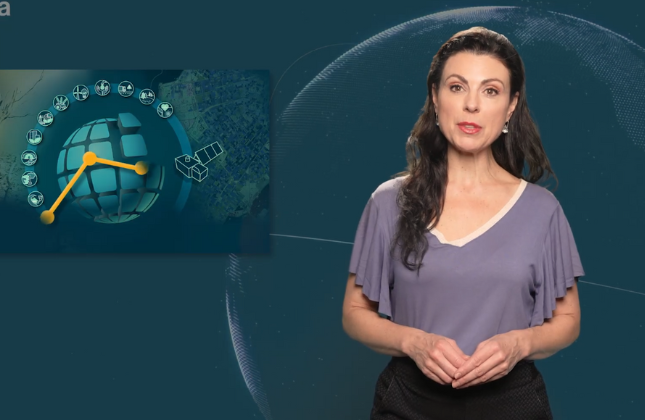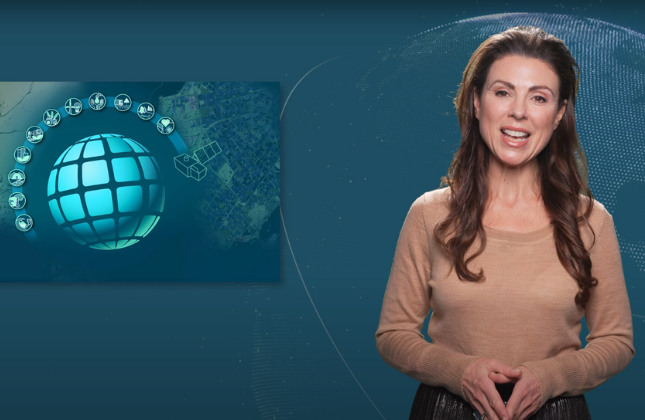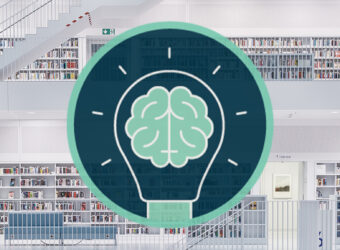
The Monitoring and Evaluation (M&E) activity of the European Space Agency’s (ESA) Global Development Assistance (GDA) programme has completed the mid-term evaluation, carried out by Caribou Space under the GDA M&E contract as commissioned by ESA. This evaluation provides an overview of the programme’s progress from its inception until early 2024.
How has GDA’s implementation progressed?
As of April 2024, the GDA programme launched a series of Agile EO Information Development (AID) activities, successfully developing and refining Earth Observation Information Developments (EOIDs) to meet the needs of International Financial Institutions (IFIs) and client states (CSs). Noteworthy progress included the delivery of 124 EOIDs related to 68 IFI projects in 65 countries, demonstrating the programme’s broad scope and impact.
In addition, the GDA implemented several supporting initiatives such as Communicate-Connect-Cooperate (GDA CCC), Advancing and Building EO Knowledge and Capacity (GDA ABC), Analytics and Processing Platform (GDA APP), and Fast EO Co-Financing Facility (GDA FFF), further enriching the programme’s capacity to support sustainable development globally. These cross-cutting activities will be assessed in the next year’s evaluation.
GDA AID activities have demonstrated significant progress, characterised by reliable and high-quality EOID production facilitated by iterative development, efficient collaboration and strategic innovation. Challenges include misalignment with traditional IFI methodologies, unrealistic expectations and budgetary constraints, which sometimes hinder the utilisation and flexibility of EOID.
What is the perceived value proposition of EO?
An outcome of the GDA is for IFIs and CSs to recognise the definitive benefits of integrating EOIDs into their operational and project frameworks. The broad coverage, rapid data availability, intricate quality and cost-efficiency of EO have attracted appreciation. However, the technical complexity and varying levels of expertise of IFI representatives can sometimes dilute this positive perception. Furthermore, barriers such as limited capacity building and the specialised language of EO can discourage new users, although active collaboration in the development of EOID has significantly filled knowledge gaps, revealing new analytical possibilities.
Were there impacts on IFIs and CSs using the GDA EOIDs?
The utilisation of EOIDs into development projects shows that they improve operational efficiency, policy planning and transparency within IFIs. They simplify analytical processes and improve the transparency of project evaluations. The widespread use of EOIDs is expected to have a significant impact on the operational processes and policy formulation of IFIs, with potential applications in climate resilience and disaster management. These developments suggest that EOIDs can transform project effectiveness and facilitate more strategic decision-making.
What is the level of investment of IFIs to mainstream EO?
Signals of mainstreaming occur when one of the below is true, either via direct or indirect alignment:
- EO-related products and services integrated within IFI procurements and loans.
- IFI-aligned activities for Capacity Building, Skills Transfer, and EOID Development.
- EOID is being replicated or adopted beyond its initial use cases through IFIs.
The increasing integration of EO technologies in IFIs is driven by the proactive promotion of EOIDs and their inclusion in project frameworks. This trend is evidenced by the increasing presence of EO in IFIs’ strategic discussions and global forums, which highlight its evolving role as a crucial development tool.
Financially, almost two-thirds of World Bank GDA partner projects are aligning their geospatial or capacity-building activities worth about US$10 million with GDA AID input, with prospects for major loan agreements that could reach about $670 million.
Furthermore, the increase in commitments and funding for EO by IFIs, as reported by 20% of European EO companies, underlines the strong integration of EO into development projects. Strategic initiatives such as the World Bank’s Digital Earth Partnership and the Asian Development Bank’s EO Initiative for Development and Digital Transformation further promote the use of EO to improve project effectiveness and foster development resilience.
What are the barriers to and enablers of mainstreaming EO?
While compelling narratives and internal advocacy by champion users have significantly facilitated EO’s mainstreaming within IFIs, challenges persist. High costs, a preference for open-source solutions, reliance on consultants, and frequent personnel changes, along with difficulties in securing buy-in from CSs, continue to pose substantial barriers to the full integration of EO technologies.
What are the recommendations to deepen GDA’s impact?
To amplify its impact, GDA is encouraged to focus on:
- Communication: Developing and disseminating engaging materials that highlight EO’s economic benefits to boost demand and awareness.
- Demand testing and co-design: Establishing clear terms of engagement and flexible strategies to ensure effective alignment and adaptability.
- Capacity building: Implementing comprehensive educational programmes to deepen IFIs’ EO understanding and application.
- Use and mainstreaming: Concentrating on projects with the greatest potential for long-term impact, ensuring a strategic allocation of resources.
The report is available here.
Please contact gda@esa.int with any questions.



